Solutions
Case Studies
Case studies highlight local business and initiatives who are making strides in building a better tomorrow
High-quality education (including credentialingC) is the foundation of a productive workforce and a resilient community. It is the primary path for attaining family-sustaining wagesD that provide housing, healthcare, and wealth-building opportunities. While there is a need to shift away from reliance on degrees as proxies for candidate skills (see Workforce Pillar) there is a strong correlation between educational attainment and training opportunities and access to high-quality jobs.
Within each of the Capital Region’s metro areas, there are significant racial disparities in educational access, quality, achievement, and retention. This divide creates an opportunity gap for underserved community members and limits the region’s talent pool for knowledge-based, high-growth industries.
A
high-quality education should provide students with a safe and
healthy environment; support their social,
emotional, mental, physical, and cognitive development; and
ensure they are challenged academically and prepared for success in
further study, future
employment and ultimately, participation in a global
society10
These inequalities
permeate every level of students’ educational journeys, with Black
and Hispanic children often having lower early childhood education
(ECE)E enrollment rates, gaps in K-12 reading and math proficiencies,
lower high school graduation rates, gaps in bachelor’s degree
attainment, and lower matriculation into high-quality jobs like those
in science, technology, engineering, and math (STEM) fields.
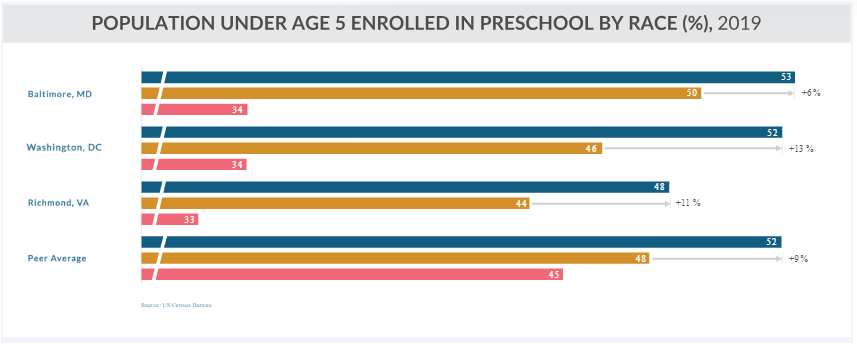
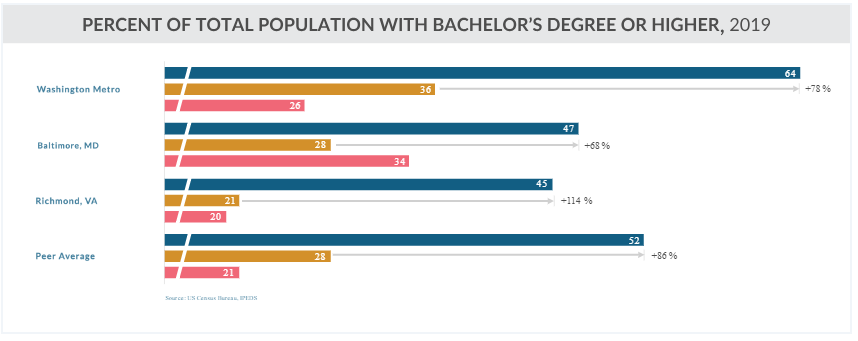
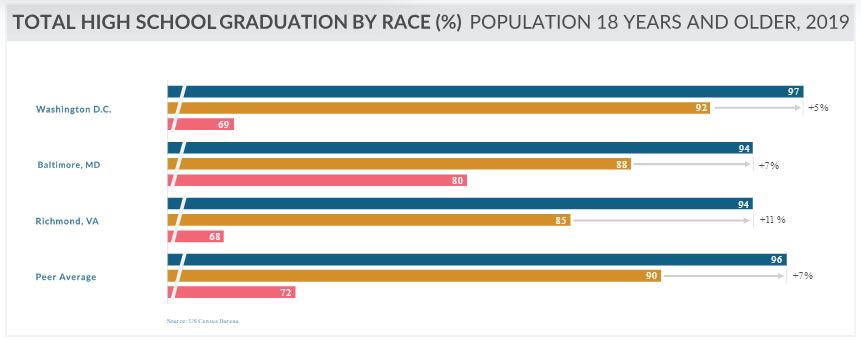
The existing
education system exacerbates inequities among underserved groups and
hampers their ability to overcome intergenerational poverty.11
Children not enrolled in ECE are less prepared for kindergarten, and
when their teachers are under-resourced (more common in low-income,
Black, and Hispanic communities), that gap can widen over time.12
Students who are not proficient in reading by third or fourth grade
are four times more likely to drop out of high school.13 Young people
without a high school diploma are less likely to be employed and earn
a living wage, and more likely to live in poverty and suffer from
poor health.14
The problem is not just significant for individual families, but for the regional
economy more broadly. When the local workforce lacks the skills and
experience needed for the region’s high-growth industries,
employers seek talent elsewhere.15
Through partnerships
between educators and other employers, businesses can support access
to high-quality education, expand industry-aligned coursework, and
provide opportunities for early career exposure and work-based
learning.
Continuous
engagement with educators, parents, and community members to
understand their ongoing needs and ideas will strengthen business
investments in education-to-workforce pathways and ultimately support
better student outcomes and a stronger economy.
 Capital CoLAB’s Employer Skills Signaling System - https://ess.greaterwashingtonpartnership.com/
Capital CoLAB’s Employer Skills Signaling System - https://ess.greaterwashingtonpartnership.com/
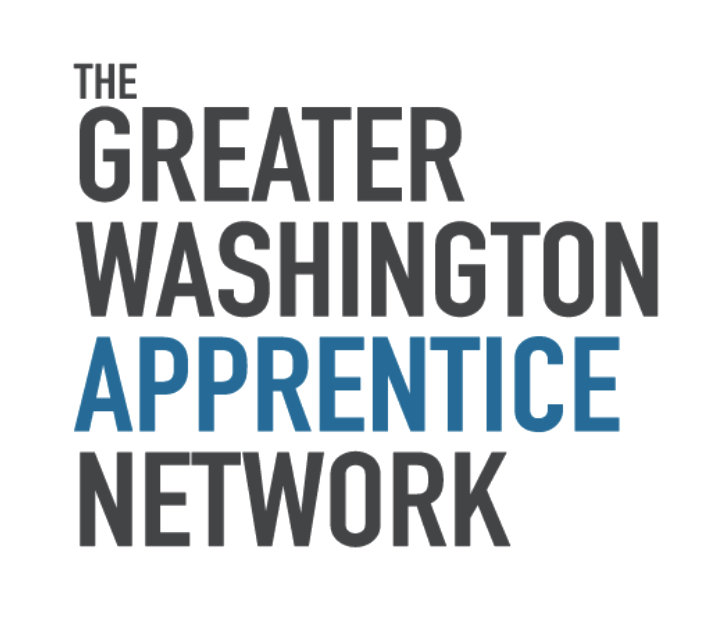 Greater Washington Apprentice Network - https://novachamber.org/greater-washington-apprentice-network/
Greater Washington Apprentice Network - https://novachamber.org/greater-washington-apprentice-network/
Case Study:Capital CoLAB’s Employer Skills Signaling System
Capital CoLAB is testing an action-oriented partnership of business and academic institutions that develops the talent pipeline for the jobs of today and tomorrow. The Capital CoLAB serves as the go-to employer signaling system for high-demand, digital tech occupations and skills in the Capital Region. The Employer Signaling System (ESS) provides transparency into the entry-level knowledge, skills, abilities, and credentials (KSACs) that employers need most, which supports academic institutions as they adapt course pathways to better align with industry trends. The ESS includes information about career pathways, high-growth occupations, and in-demand KSACs.
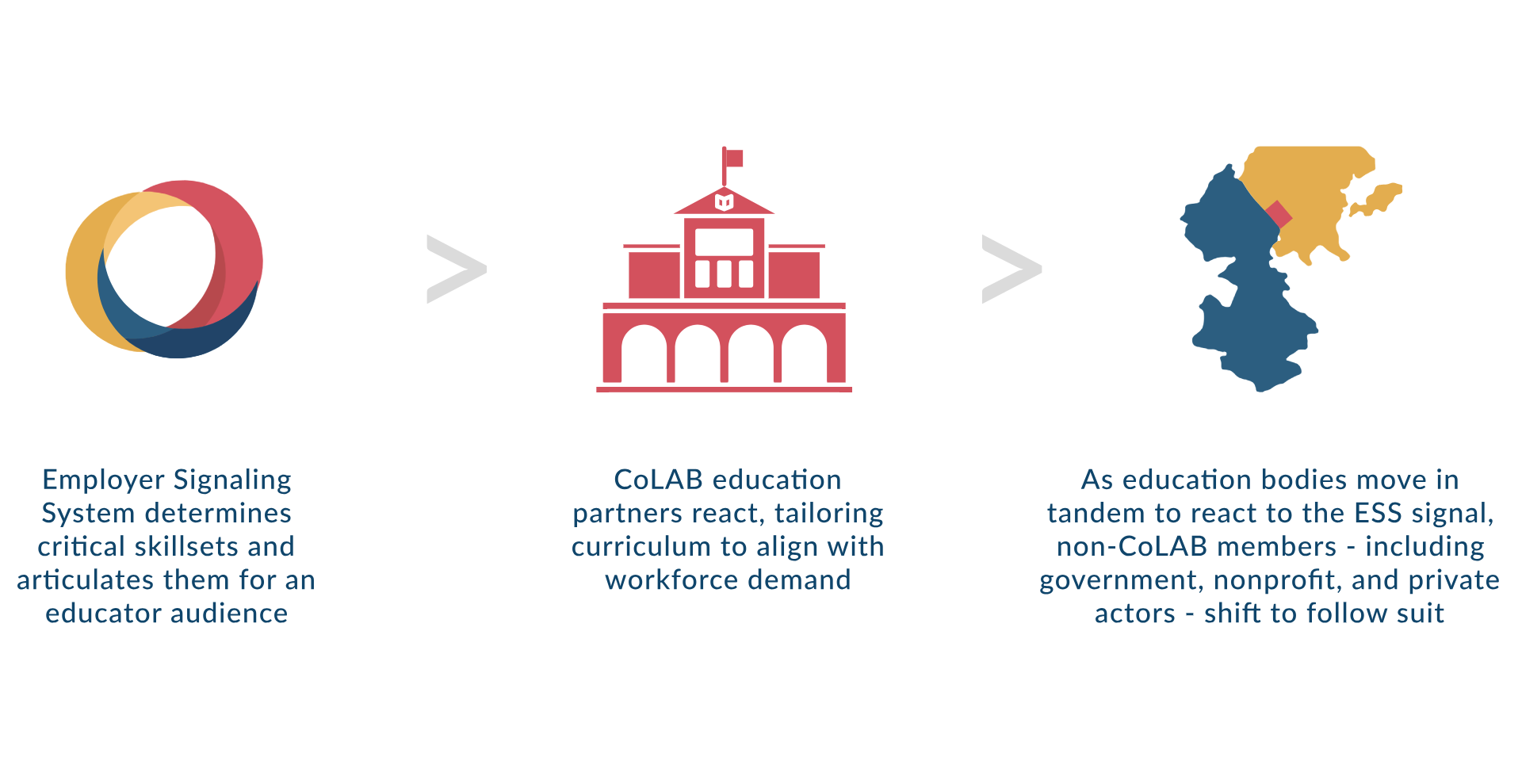
The ESS Feedback
Loop enables a consistent dialogue between employers, educators, and
students to ensure KSACs are signaled, integrated, mastered, and
updated accordingly.
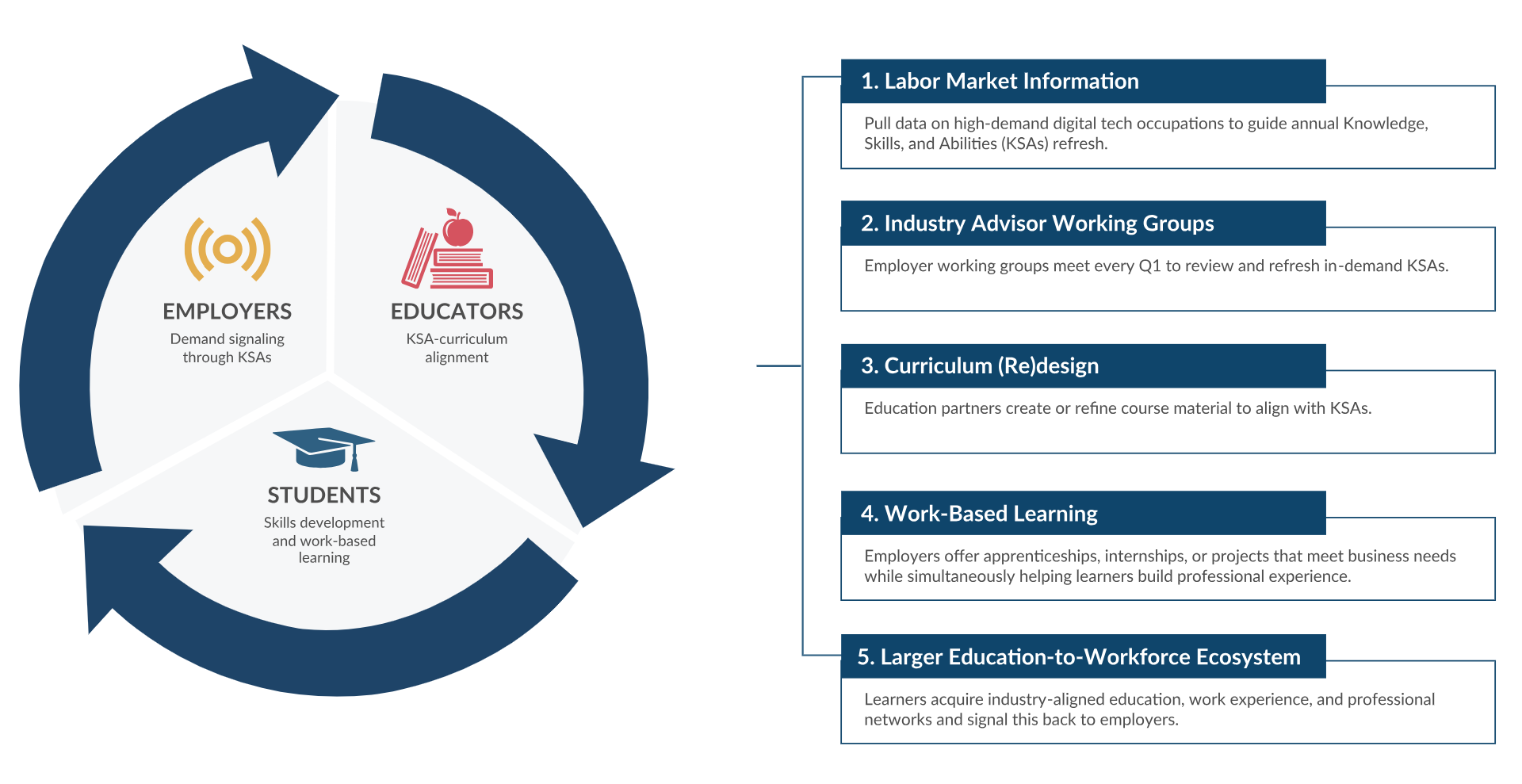
The ESS in its current state is a starting
point; CoLAB will use feedback from the ESS’s early years to
continue providing transparency into employer demand.
Case Study:Greater Washington Apprentice Network
Created by the Northern Virginia Chamber of Commerce, in partnership with Aon, Accenture, Amazon Web Services, Appteon, NTConcepts, Nestlé USA, and SHRM, the Greater Washington Apprentice Network (GWAN) strives to help employers in the Capital Region explore and develop an apprentice-based model of recruitment and training. This initiative builds on the model of the highly successful Chicago Apprentice Network.
Apprenticeships offer an opportunity for employees to “earn and learn,” receiving needed on-the-job training while earning a living. While some skills are well-suited to be developed within an educational environment, others, including soft skills such as team building and leadership, can best be developed within the workplace.
GWAN brings together employers, academic institutions, and public and private sectors. Employers gain access to best practices from organizational peers, prospective apprentice candidates, support services, academic institutions, and training resources.
GWAN member Aon’s Apprenticeship Program offers community college students on-the-job training, a salary, and full benefits while they work toward their Associate Degree with a concentration in business.
Aon covers the cost of tuition and books and provides career development services, skills training, and mentoring support.















 Website Development By Top Shelf Design
Website Development By Top Shelf Design